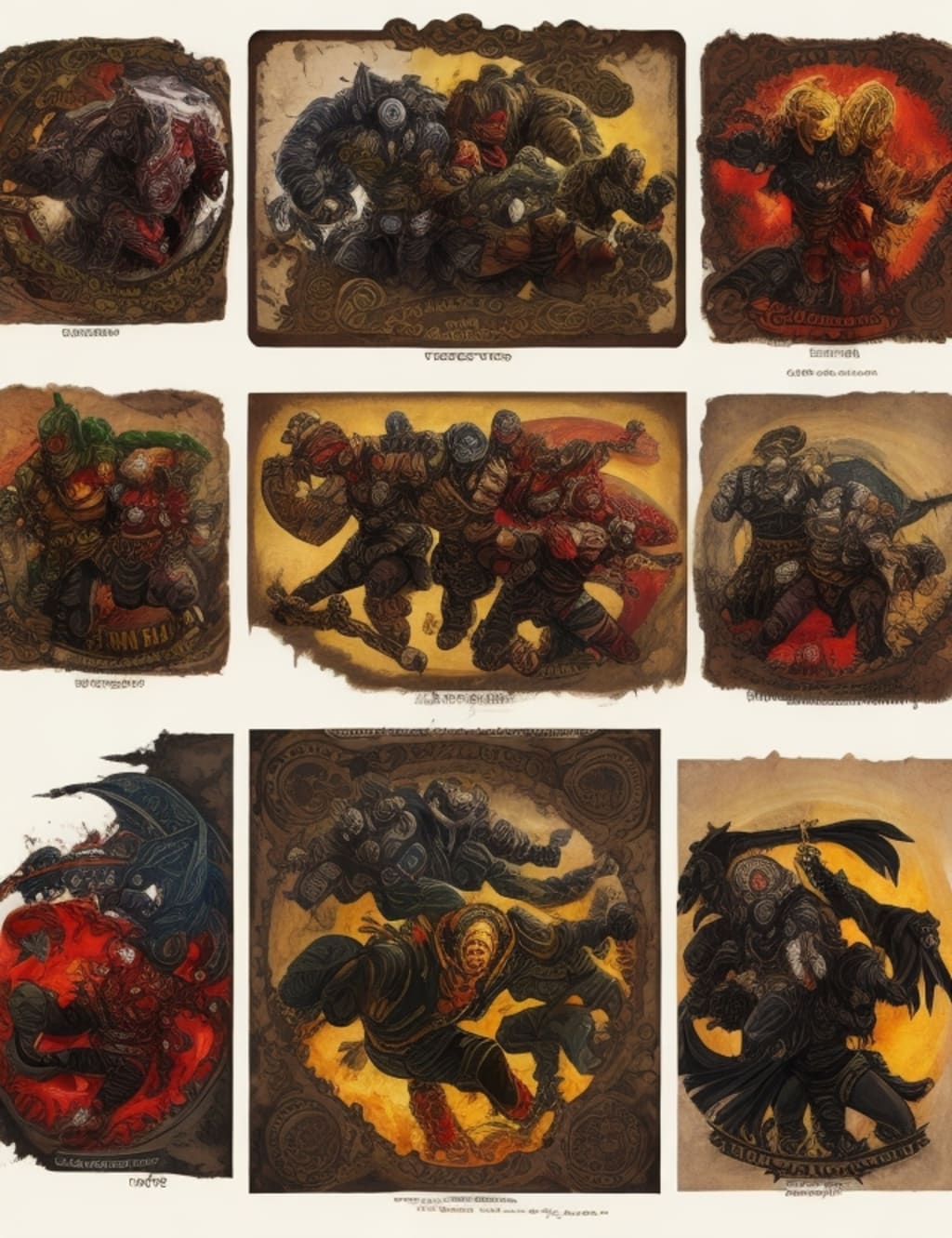From Spines to Spectacle: The Gruesome Evolution of Fatalities in Mortal Kombat
Explore Mortal Kombat's bloody journey from simplistic finishers to cinematic and gory masterpieces in gaming history.

The Evolution of Mortal Kombat Fatalities
Picture a dimly lit arcade in the 1990s. Neon lights casting an eerie glow, the jingle of coins, and a crowd huddled around a Mortal Kombat arcade machine. I was one of them, enthralled by the intense battles unfolding on the screen. Yet, what truly held our fascination were the gruesome finishing moves that would become iconic - the Fatalities.
In the realm of video games, Mortal Kombat is renowned for its daring innovations and boundary-pushing. At the forefront of this notoriety lies the evolution of Fatalities. These grisly, over-the-top finishing maneuvers have undergone a captivating transformation over the years, leaving an indelible mark on the gaming industry and its players.
The Dawn of Brutality
The journey commenced in 1992 when the inaugural Mortal Kombat game graced arcades. Crafted by Midway Games, Mortal Kombat swiftly became a sensation. The game earned infamy for its lifelike digitized graphics and the outrageously violent Fatalities that marked the conclusion of each match. In its early days, though, the concept was less intricate than it would later become.
The original Mortal Kombat showcased just seven playable characters, each possessing their unique Fatality. The maneuvers were relatively straightforward, often featuring uppercuts, beheadings, or the iconic Scorpion's spear through the chest. Nevertheless, the shock value and controversy of these finishing moves captured the imaginations of gamers and media alike.
Evolution Commences: Mortal Kombat II
With the triumph of the first game, Mortal Kombat II was an inevitability. Released in 1993, this sequel signaled the inception of the evolution of Fatalities. These finishing moves grew increasingly intricate, with characters like Sub-Zero executing a spine-ripping Fatality that etched itself into the annals of gaming history.
The Fatalities also began to incorporate a dash of dark humor. For instance, Jax would inflate his adversary's head like a balloon until it burst, an illustration of morbid amusement. This fusion of brutality and dark comedy would become a defining characteristic of Mortal Kombat.
The 3D Revolution and Mortal Kombat 3
Mortal Kombat 3, introduced in 1995, represented a significant turning point for the series. It introduced the "Dial-a-Combo" system, necessitating precise button combinations for executing intricate combos. With this new gameplay mechanic, Fatalities grew more challenging to execute, demanding precision and timing.
Mortal Kombat 3 also witnessed the advent of "Animalities," allowing combatants to transform into animals for the final blow, infusing an element of quirkiness into Fatalities.
The Modern Age: Mortal Kombat (2011)
Following several iterations and spin-offs, Mortal Kombat (2011) returned the series to its origins while advancing the evolution of Fatalities. This installment acted as a reboot, revisiting the events of the initial three games. NetherRealm Studios, the developers, used this opportunity to craft more cinematic and grisly finishers.
Mortal Kombat (2011) introduced the "X-ray move," a brutal special attack that unveiled the internal damage inflicted upon opponents. The Fatalities in this game metamorphosed into intricate mini-cinematics, with characters performing gruesome acts of violence in vivid detail.
Blood, Graphics, and Next-Gen Consoles: Mortal Kombat X
Upon the release of Mortal Kombat X in 2015, the series stepped into the realm of next-gen gaming. The Fatalities, with their unparalleled detail, reached new heights. The iconic characters returned with even more ferocity and creativity in their finishing moves.
Mortal Kombat X introduced "Quitalities," permitting players to perform a Fatality if their opponent prematurely exited a match. This cheeky feature served as a way to penalize rage-quitters, underscoring the significance of Fatalities in the game's culture.
From Fatalities to Friendships: Mortal Kombat 11
Mortal Kombat 11, launched in 2019, upheld the tradition of Fatalities while introducing fresh twists. A notable addition was the return of "Friendships." These lighthearted finishers had their origins in Mortal Kombat II but had vanished in subsequent games. In Mortal Kombat 11, they made a return, allowing characters to engage in acts of kindness and humor instead of brutality.
The evolution of Fatalities continued with the introduction of "Fatal Blows," potent moves that could only be triggered when a character's health dropped below a certain threshold, infusing an element of desperation into the gameplay.
Impact on the Gaming Industry
The evolution of Fatalities in Mortal Kombat mirrors the progression of the gaming industry itself. Mortal Kombat has always been at the vanguard of challenging the boundaries of acceptability in video games. The debates and controversies surrounding the series' violence prompted changes in the industry's approach to content rating and censorship.
Furthermore, Mortal Kombat's influence on other fighting games is undeniable. The Fatalities set a precedent for the importance of unique, character-specific finishing moves. Numerous other fighting games, such as Killer Instinct and Tekken, followed suit, introducing their versions of brutal finishers.
The Fandom and the Future
Mortal Kombat enthusiasts have continually gravitated to the series, not just for its gameplay but for the excitement of the next gruesome Fatality. The community has embraced the ever-evolving nature of these finishers and eagerly speculates about the future of the franchise.
As technology advances, and graphics become more lifelike, it's certain that the evolution of Fatalities will persist in forthcoming Mortal Kombat installments. With each new release, fans can anticipate greater creativity, heightened gruesome details, and unforgettable moments. After all, it's the Fatalities that have firmly established Mortal Kombat's place as a legend in the gaming universe.
In summary, the evolution of Fatalities in Mortal Kombat is a testament to the game's enduring legacy. From its humble beginnings in the early '90s to the cinematic, gory spectacles of today, Fatalities have played a pivotal role in shaping the series. They reflect the growth of the gaming industry and changing cultural norms, captivating and astonishing players while securing Mortal Kombat's position in the annals of video game history. The only question remaining is: What will the next Fatality entail?
About the Creator
Adrian Wordsmith
Embark on a literary adventure with me, a passionate writer and storyteller. Let's unlock mysteries, explore emotions, and find solace in the power of words. Join the journey!






Comments
There are no comments for this story
Be the first to respond and start the conversation.